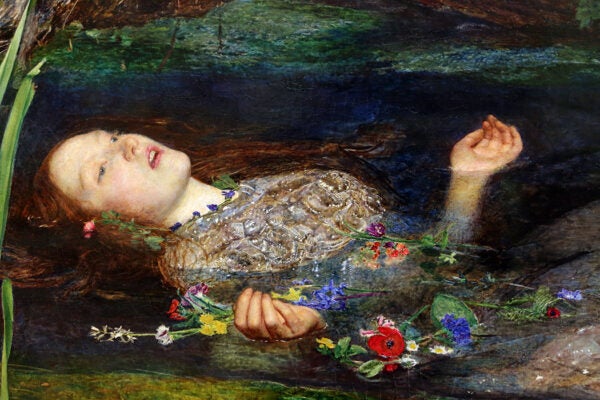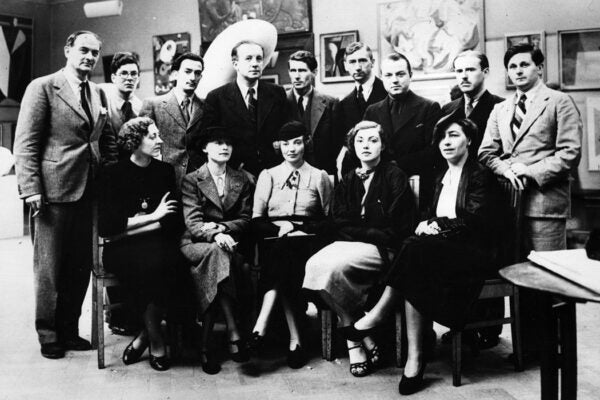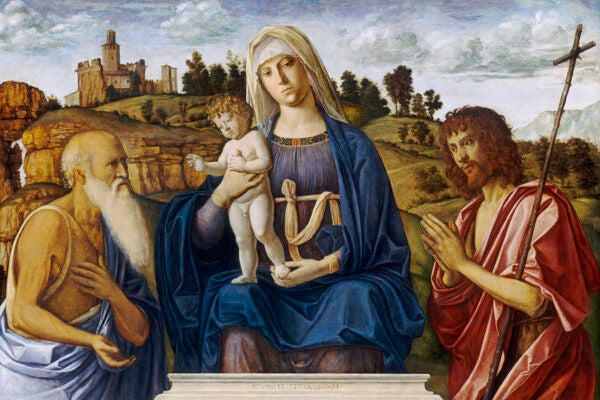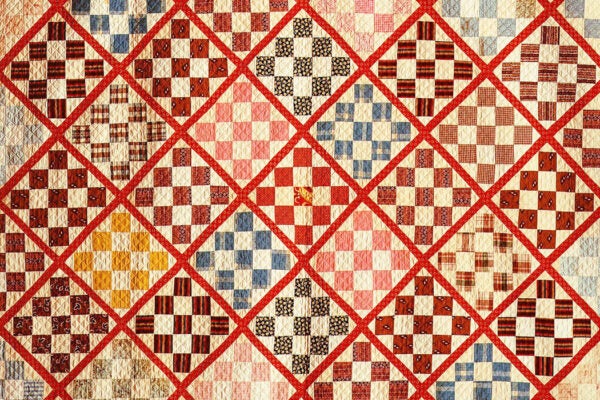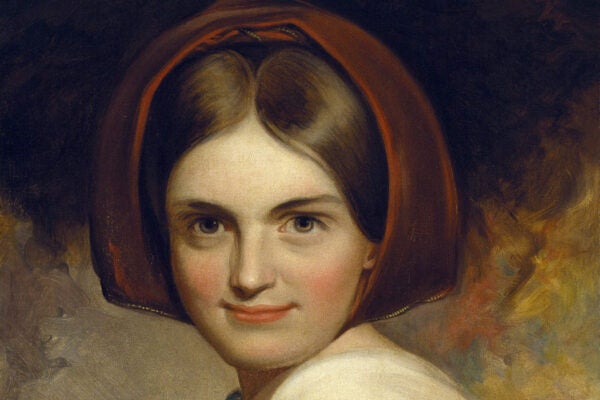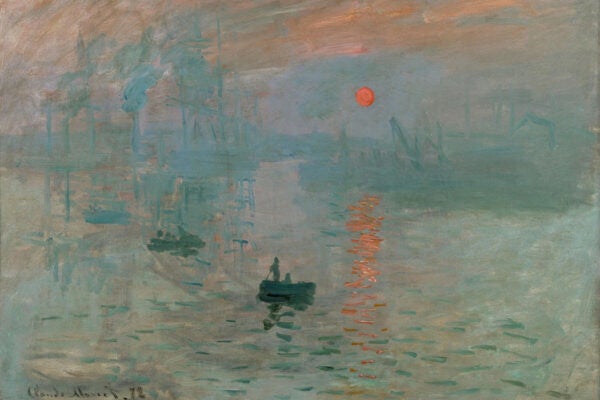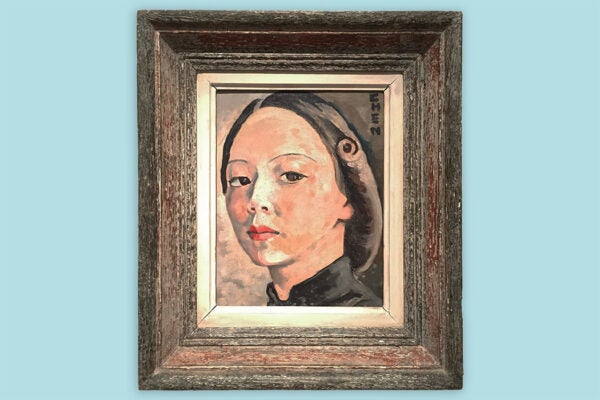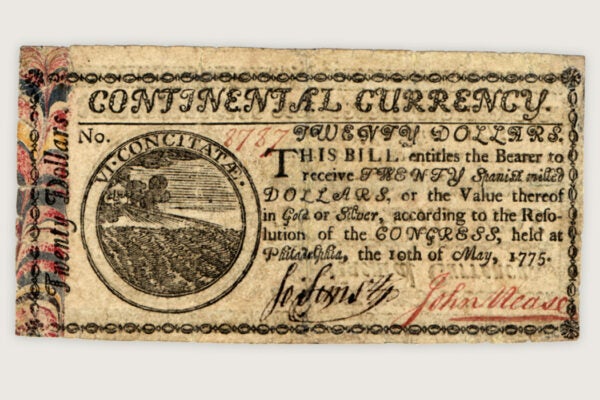JSTOR Daily’s Archives of Art History
Our editors have rounded up a collection of stories about art, artists, museums, and the way (and why) we study them.
Surrealism at 100: A Reading List
On the centennial of the founding of Surrealism, this reading list examines its radical beginnings, its mass popularity, and its continued evolution.
How Renaissance Art Found Its Way to American Museums
We take for granted the Titians and Botticellis that hang in galleries across the United States, little aware of the appetites and inclinations of those who acquired them.
From Folkway to Art: The Transformation of Quilts
In the late twentieth century, the image of the American quilt shifted from one of practicality and handicraft to a celebration of modernist abstraction.
The Long Shadow of the Jolly Bachelors
More than a century ago, Charlotte Cushman presided over a group of queer female artists who supported one another’s creativity and left a pioneering, if overlooked, legacy.
Remembering Maud Lewis
A symbol of resilience and resourcefulness, Lewis remains one of Canada’s best-loved and most-celebrated folk artists.
The Art of Impressionism: A Reading List
The first exhibition of paintings that would come to be described as Impressionism opened in Paris on April 15, 1874.
The Genius of Georgette Chen
Little known outside of Singapore and Malaysia, Georgette Chen was an iconic artist of the Nanyang Style.
Prisoners’ Pastimes
Isabella Rosner’s Stitching Freedom showcases embroidered works made by the incarcerated and examines this craft’s historical popularity behind bars.
Marbled Money
Marbled paper was a way to make banknotes and checks unique—a critical characteristic for a nascent American Republic.
